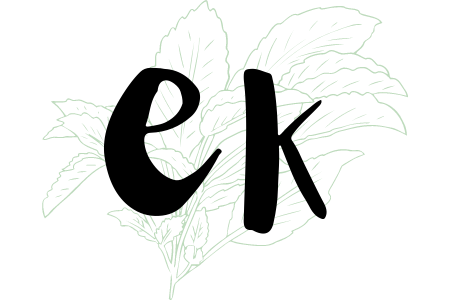Despite living on a planet with a surface that’s mostly water, it’s sad that all of mankind cannot use much of the water that’s surrounding them. Proof of this is the constant reminder to conserve water when we use it. Another proof of this is the fact that used water that’s still clean is recycled. A third proof is the mainstream status of the practice of rainwater harvesting, as well as a significant improvement to the way it’s done.
Today, rainwater harvesting involves putting together the components highlighted below, as well as the maintenance of those components.
Why So Many Components?
A modern rainwater harvesting system is composed of so many parts because technological advancements and scientific discoveries permitted the invention and/or development of things that help purify rainwater even further, to the point of potability.
What are the Components of a Modern Rainwater Harvesting System?
- Catchment area – A catchment area is an impermeable surface set up in such a way that it can direct the raindrops that fall upon it to gutters and a number of pipes connected to any number of rain water tanks in your area. This is usually the roof of your house.
- Conveyance system – A conveyance system is anything that directs the raindrops that fall on the catchment area to the tank. For the roof, the system should be composed of any number of gutters and downspouts.
- Water purification system – These prevent plant parts, pollutants, insects, and all sorts of pests from being able to access the tank.
- Storage container – In the past, jars and wooden barrels were used as storage containers. Today, steel or poly rainwater tanks are used for rainwater storage.
- Distribution system – Transports water from storage container to parts of your home where rainwater needs to be used.
How Do I Shop for the Components of The System?
Catchment Area
Many roofing materials used to build homes nowadays are suitable for use in rainwater harvesting. However, only unpainted metal and concrete roofs are suitable for the creation of systems that collect rainwater that will be consumed.
Conveyance System
The conveyance system should only be composed of a number of food-grade gutters, downspouts, and pipes in order to ensure the safety and cleanliness of the rain harvested.
Water Purification System
Ideally this is composed of the following:
- Gutter and downpipe screening: Both coarse and fine gutter and downpipe screens need to be installed between roof surface and tank to prevent the entry of debris (of all sizes), frogs, mosquitoes, and rodents into the system.
- Inlet and tank screening: Both fine and coarse mesh screens are provided on the rainwater tank roof to filter rain at inlets. Finer screens are set over outlets to prevent tank access by mosquitoes. Sun shades or sun screens need to be set up at the inlet to protect the tank from light penetration, which causes algae growth and other unwanted biological activities in the tank.
- First flush diverters: It’s important that you have a first flush diverter for the downpipe set up before the tank inlet and right after a screening device on every single downpipe that feeds into the tank. An in-ground type of diverter is a second option that is ideal for a sloping site, and this supports the draining of charged pipes.
- Other options: There are other water purification options available in the market. Some examples include chlorinisation, UV light, membrane filtration, and ozonisation. Choose your option carefully, since each has its own set of advantages and disadvantages.
Storage Container
To experience all of the benefits of the practice of rainwater harvesting, you need a well-crafted container that’s made from a suitable material, is of the right size or capacity, and is of the right build or shape. Tank build options available in the market include rounded tanks, slim tanks, underground tanks, and under-deck tanks.
Distribution System
The right distribution system or pump is one that is capable of moving stored water across places in the home where they are needed.
How Should a Rainwater Harvesting System be Maintained?
Click on each box to view more tips and helpful information about rainwater harvesting.
[accordion id=”my-accordion”] [accordion_item title=”Tip #1” parent_id=”my-accordion” open=”true”]Keep the catchment area clear of fallen twigs and leaves, as well as vines and birds’ nests.[/accordion_item]
[accordion_item title=”Tip #2“]Regularly assess and tidy up inlet and outlet screens in order to prevent entry of pests and insects into the tank.[/accordion_item]
[accordion_item title=”Tip #3“]Screens, guards, and first flush diverters must be assessed and tidied on a regular basis.[/accordion_item]
[accordion_item title=”Tip #4“]The tank should be de-sludged through manual cleaning once per three years.[/accordion_item]
[accordion_item title=”Tip #5“]Assess the tank structure and stand from time to time.[/accordion_item]
[accordion_item title=”Tip #6“]Both mains control switch and pump need to be assessed from time to time so you’ll know that they are working—the pump functions when water is in the tank, and the mains water flows in when there is no more water in the tank.[/accordion_item]
[accordion_item title=”Tip #7“]All leaks need to be fixed as soon as possible[/accordion_item] [/accordion]




